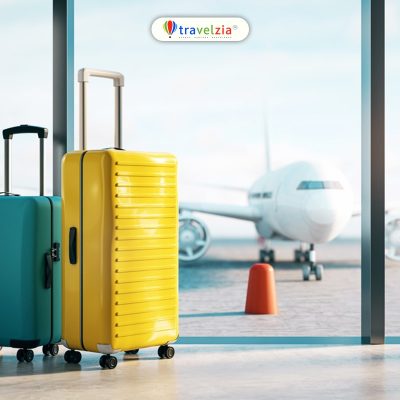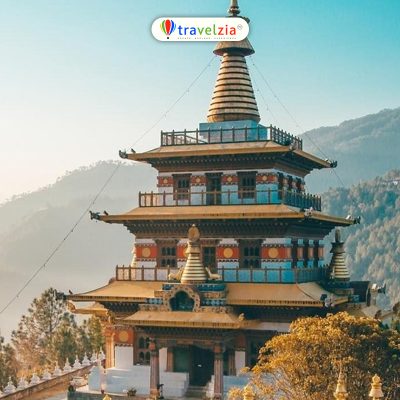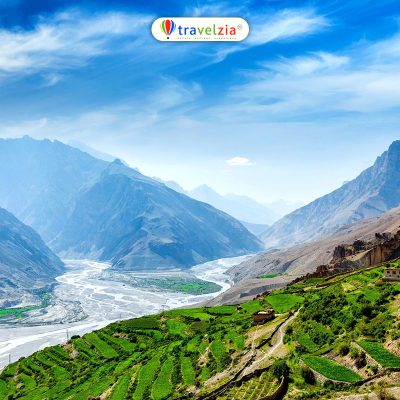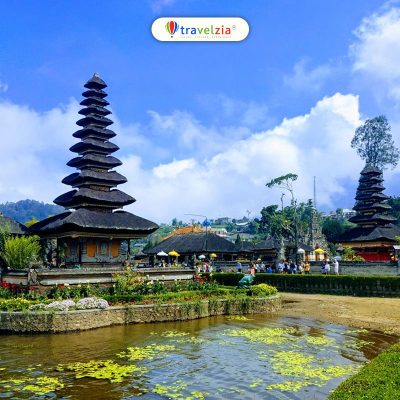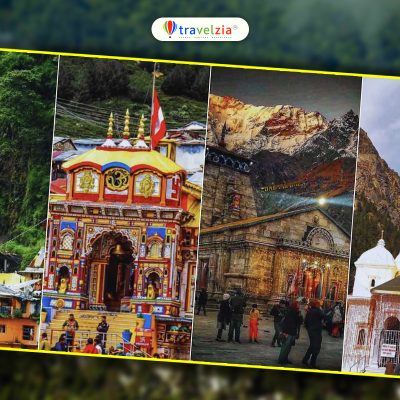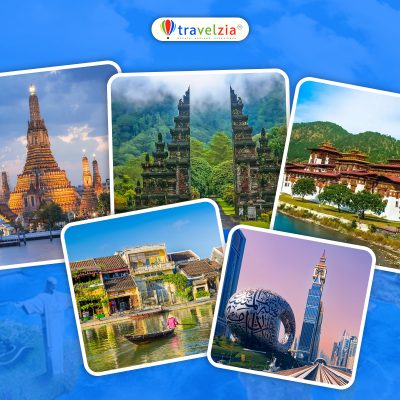Hidden in the folds of the Eastern Himalayas lies a tiny kingdom where gross national happiness matters more than GDP, traffic lights don’t exist, and the mountains hum with stories. In the Himalayas between India and China, tiny Bhutan, located in the Himalayas, is the last Buddhist kingdom on earth. Yes, we’re talking about Bhutan—a place so magical, it feels like time hit the pause button. Its tourism policy has allowed it to slowly open to the outside world without compromising its culture or traditions. Basically Bhutan’s Gross National Happiness (GNH) philosophy guides its government.
But before you zip your bags and rush to this serene sanctuary, This guide provides a comprehensive overview of Bhutan’s cultural landscape, local customs, and quirks, guiding travelers to the Land of the Thunder Dragon, as you plan your journey to the country known locally as Druk Yul,
Here are 10 things you must know to make the most of your Bhutan adventure.
1. You Can't Just Show Up – Plan with Purpose
Bhutan isn’t a destination you just wing. Every foreign traveler (except citizens of India, Bangladesh, and the Maldives) needs to book through a licensed Bhutanese tour operator. Independent travel isn’t allowed, and you must have a planned itinerary. It sounds strict—but it’s designed to preserve the country’s culture and natural beauty.
Travel Tip: You can choose your travel agency Travelzia —We’ll handle your visa, permits, hotels, guides, and even meals!
2. Independent Travel Is Possible—But a Tour Operator Still Has the Magic Touch
In a some major shift, Bhutan no longer requires visitors to book expensive tour packages. You can also now independently plan your journey in an affordable travel EMI Facility, choose your own accommodations with Travelzia Bhutan Tour Package. Even drive your own car into Bhutan (for a fee). Sounds liberating, right? It is—but with some fine print.
While you can explore Thimphu and Paro on your own, a licensed guide is mandatory for travel beyond those areas. Also, if you plan on trekking, birdwatching, cycling, or attending sacred festivals, a tour operator is usually required—and highly recommended for enhancing the depth of your experience.
3. The Daily Sustainable Development Fee (SDF)

As of 2025, all international travelers pay an SDF charges of per person per day. Yes, it’s steep. But it funds education, healthcare, and conservation. Think of it as your contribution to Bhutan’s continued happiness. From 23rd Sept, 2022 Bhutan govt. Imposed SDF fees ( Sustainable development Fees) for tourist. Whoever comes to Bhutan for traveling they have to pay per day per person 1200/- or in dollar $100.
But there is good news! Bhutan has revised its Sustainable Development Fee (SDF) to make it more accessible for travelers. As of now, the SDF is US$100/day, valid until August 2027. There’s also a 50% discount for children aged 6 to 11, and kids under 6 are completely exempt.
Bonus: You can now extend your visa within Bhutan, and the one-time visa application fee is just $40—making your dream Himalayan escape more flexible and budget-friendly than ever before.
4. Bhutan: The World’s First Carbon-Negative Country

Bhutan doesn’t just offset its carbon footprint—it outsmarts it. Over 70% of its land is forested, and the constitution ensures it stays that way. Renewable hydropower, zero plastic policies, and sustainable tourism make it a planet-positive destination.
Just by visiting, you support a country that leads by example in climate action.
5. Do Travel Insurance For a Smart Move
While proof of travel insurance is no longer mandatory for your Bhutan visa, don’t leave home without it. Bhutan’s remote terrain, high-altitude adventures, and winding mountain roads make insurance more of a must-have than a maybe. Whether you’re trekking the Himalayas, biking down cliffs, or simply hiking to Tiger’s Nest, your insurance should cover emergency evacuations, medical treatment, and adventure activities you plan to try. Make sure your policy is active for the full duration of stay and include high-altitude trekking or road travel.
6. Respect is the Dress Code
Bhutan is a deeply spiritual and culturally proud country. Bhutanese culture is woven into everything, especially dress. If you’re visiting monasteries or dzongs (fortresses) or government buildings, dress up modestly. Long pants, covered shoulders, and closed shoes are a must. No use of shorts, sleeveless tops, or sandals.
Pro Tip: Carry a light jacket or scarf to cover up if needed. And always walk clockwise around religious monuments and chortens—it’s a sign of respect.
7. Time Slow Down ( At That’s Point)
Life here moves at a different pace. Don’t expect lightning-fast service or jam packed schedule. Bhutan thrives on slow travel, where every moment is savored. Whether it’s sipping butter tea or trekking to Tiger’s Nest, go with the flow.
8. Time It Right: Book Early for Festivals and Treks
Bhutan may be magical all year round, but some moments are simply extraordinary. If you’re planning to witness the mesmerizing tsechus (Bhutanese religious dance festivals) or explore on a scenic trek through blooming rhododendrons or golden forests, then spring and autumn are peak seasons for these festivals. These months are popular, so book well in advance if you plan to attend a festival or go trekking. Summer and winter offer quieter travel with unique festivals and fewer crowds. While trekking isn’t ideal due to mud or cold, winter skies are crystal clear, and if you’re lucky, you might spot the King during National Day (Dec 17) in Thimphu.
9. Stay Connected: Grab a SIM at the Airport
Staying online vin Bhutan is now easier than ever. You can now pick up a local SIM card right at Paro International Airport, no more hassle or long waits. For those heading to remote areas, renting a pocket Wi – Fi device is a smart move to stay connected wherever your adventure takes you.
10. Soak in a Traditional Hot Stone Bath
After a long day of trekking or temple hopping, treart yourself to a soothing Bhutanese hot stone bath. River stones, heated until red – hot , are dropped into herbal water infused with aromatic local plants, creating a relaxing and healing soak believed to ease muscle pain and boost circulation.
Where to Try: Many homestays and traditional lodges offer this unique experience—ask your host for an authentic setup, ideally with a mountain view.
Ready to Begin Your Bhutan Chapter?
Bhutan isn’t just a place you visit. It’s a place that visits you. It rewires your idea of happiness, beauty, and silence. Travel light, walk slow, and listen closely—the mountains have secrets to share.



